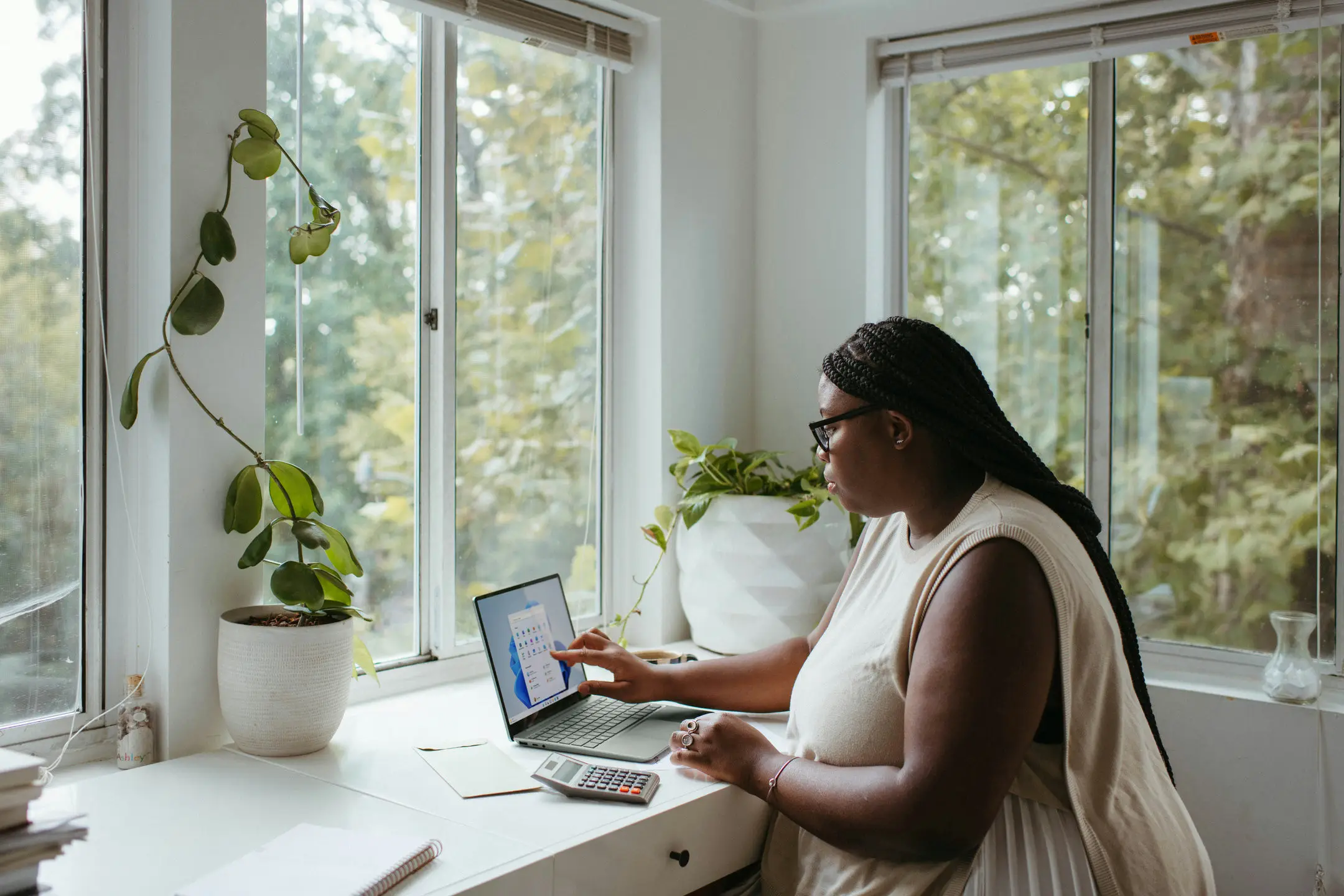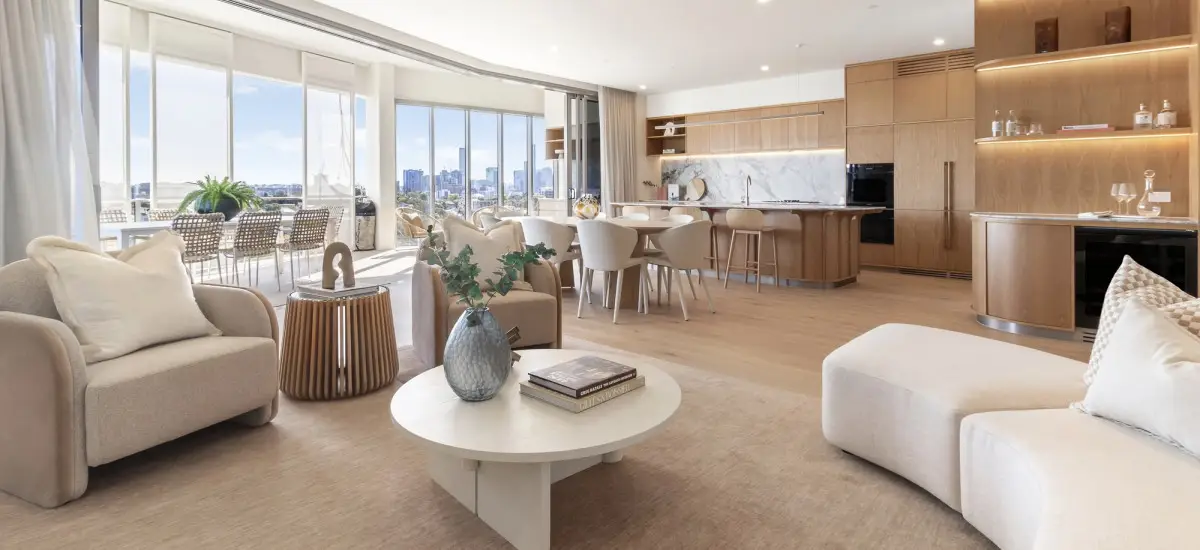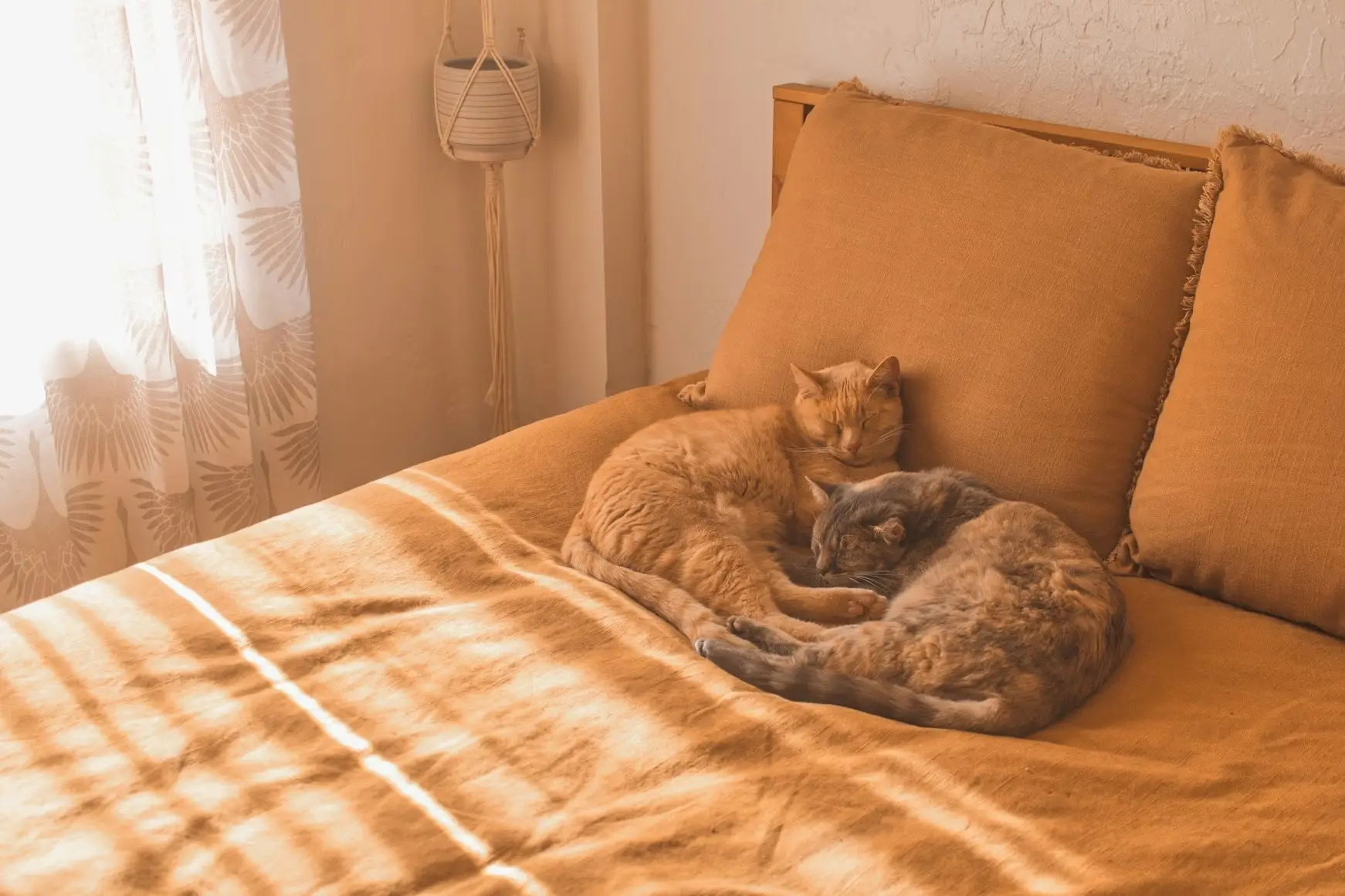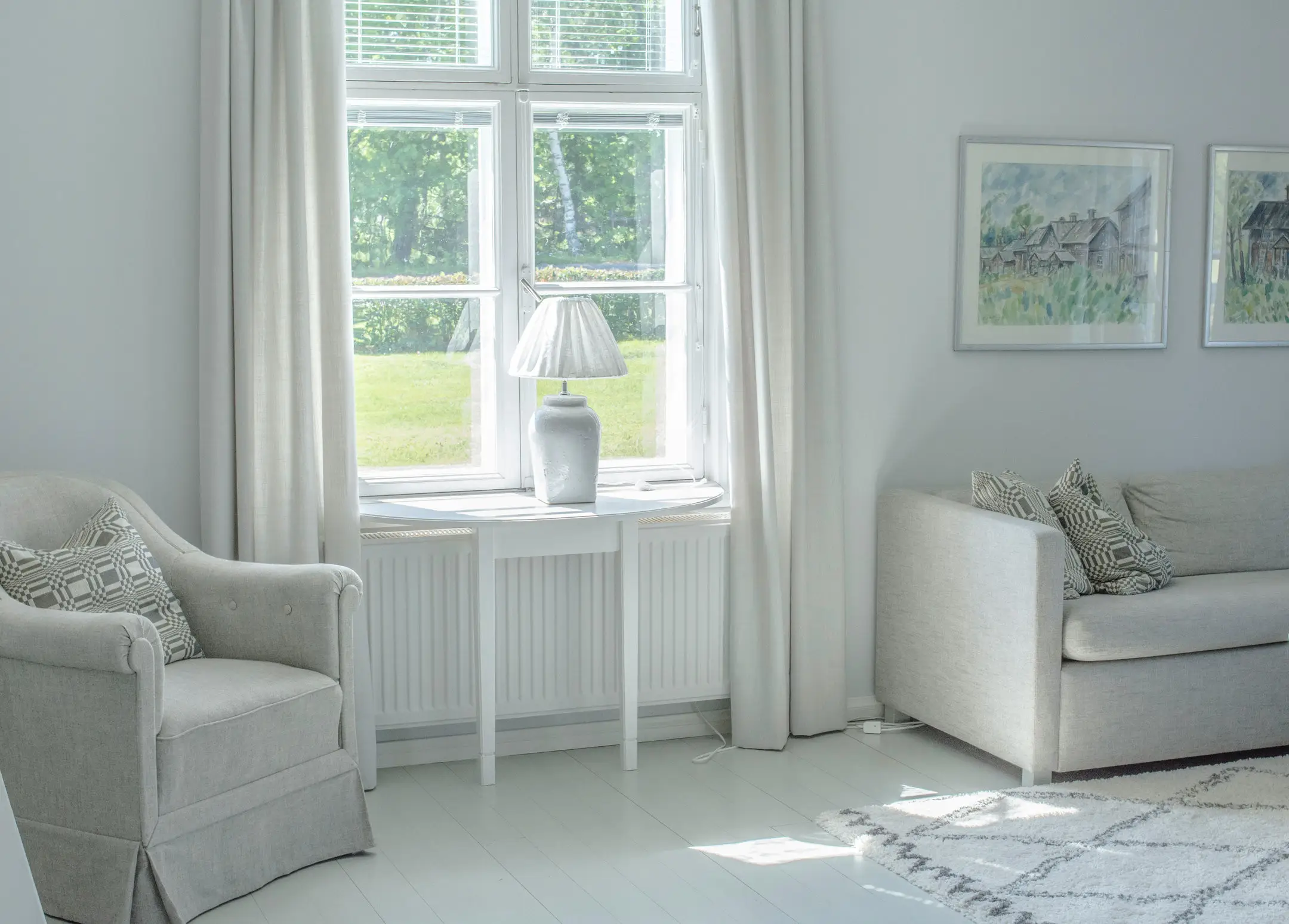

From adaptable and wellness-led spaces to sustainable and AI-powered apartment layouts, interiors in 2026 are set to be smarter, kinder, and more joyful.
Gemma Riberti, head of interiors at WGSN – a global trend forecasting company based in London, details the six major directions that will drive interiors in 2026.
Here’s your inside scoop on the future of interior design.
Design for need
Forget one-size-fits-all interiors. By 2026, design will respond to life’s shifting realities of multi-generational living, ageing populations, and diverse lifestyles.
Expect home products that are age-agnostic and inclusive, with ancient wellness practices inspiring everything from sleep-friendly layouts to natural materials. Homes won’t just look good; they’ll heal, nourish, and adapt to every stage of life.
This principle will apply to apartments, which are increasingly home to multi-generational households, co-living setups, and diverse communities. This means layouts that can evolve with different life stages, communal areas that balance privacy with togetherness, and products that work for everyone, from grandparents to young professionals.

Wellness, even in small spaces
No garden? No problem. Future apartments will bring wellness indoors with smart, compact solutions. From infrared saunas that fit in a spare room and modular gym furniture that doubles as storage, to communal wellness amenities exclusive to residents, your future home will put your health and wellbeing front and centre.
Pet-friendly designs will also rise, with dedicated play zones and amenities built into residential complexes. Apartment living in 2026 will be about everyday wellbeing, both for you and your furry friend.

Optimised efficiency
As technology embeds itself in every corner of life, interiors in 2026 will benefit most from optimised efficiency. AI will help design floorplans that maximise light, airflow, and storage, while digital twins could predict energy use and improve sustainability in multi-residential developments.
Inside apartments, expect invisible smart locks, air-purifying side tables, and integrated tech that makes even small footprints feel expansive.
Human-tech symbiosis for urban comfort
Efficiency doesn’t mean cold or clinical. WGSN points to “human-tech symbiosis,” where design and innovation work hand-in-hand for better living.
“Al interior design tools enabling personalised recommendations based on clients' tastes and preferences will be commonplace, as well as tools with predictive analysis, which will create more sustainable buildings [and products] as their digital twins will rearrange and optimise resources,” explained the WGSN Consumer Tech Team, AI Overview.
In dense, vertical living environments, this tech will become quietly supportive. Think algorithm-driven scent systems for lobbies, lighting that doubles as heating in winter, or solar-powered lanterns for balconies that also charge devices. These innovations will be subtle, stylish, and geared towards enhancing apartment living while lowering environmental impact.

Eco-accountable developments
Sustainability is no longer optional. From upcycled tiles in heritage buildings to portable furniture made of recycled bamboo, eco-accountability will shape every design choice. Interiors in 2026 will celebrate adaptive reuse, circular materials, and transparent production, proving that responsibility can be beautiful.
Sustainability will be a key driver for new apartment projects, too (and has been for newer off-the-plan developments). We have seen developers lean into future-proofing initiatives, such as EV charging capabilities and solar energy use. Interiors will reflect that same principle, proving eco-conscious choices don’t have to sacrifice style.

Joyful touches in everyday corners
Finally, it’s not all about practicality. Interiors will sparkle with small, delightful details of playful colors, textures that invite touch, and designs that uplift the mood. Whether it’s a whimsical lamp, a pop of colour on a cabinet handle, tactile finishes that soften compact interiors, or hand-crafted accents in kitchens, the future of design ensures joy is built into the everyday.
Even the smallest apartments will be designed with mood in mind, because in 2026, homes will be just as uplifting as they are functional.

The big picture for apartments
For apartment dwellers, these six trends point to a future where design is both practical and poetic. Multi-residential spaces will be smarter, more sustainable, and thoughtfully aesthetic than ever before, ensuring that whether you’re in an inner-city Melbourne studio or a three-bedroom apartment on the Gold Coast’s beachfront, your home will actively support your wellbeing and lifestyle.
These insights were first unveiled at Boutique Homes’ Dinner by Design with WGSN, offering a glimpse into the future of interiors. To dive deeper into how these trends can be brought to life at home, join acclaimed stylist and Boutique Homes Ambassador Steve Cordony at the upcoming Masterclass in Design – an intimate chance to explore the art of creating timeless, joy-filled spaces. Click here for more information.
For more lifestyle pieces and off-the-plan apartments, click here.
Background header image of 160 Macquarie.


